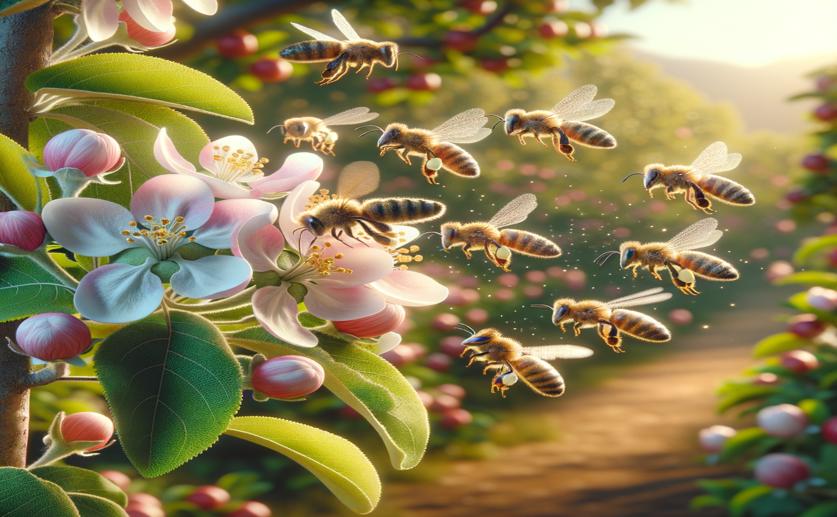
Understanding Apple Pollination and Compatibility
Jenn Hoskins
30th April, 2024

Image Source: Natural Science News, 2024
Key Findings
- Tunisian apple study found common genetic variants influencing self-fertilization prevention
- Pollination experiments showed varying pollen tube growth, with one variety possibly self-compatible
- Genetic analysis suggests Tunisian apples may have a modern origin, challenging previous beliefs
References
Main Study
1) Self-(in)compatibility in Tunisian apple accessions [Malus domestica. Borkh]: S-genotypes identification and pollen tube growth analysis.
Published 29th April, 2024
https://doi.org/10.1007/s00425-024-04418-x
Related Studies
2) Analysis of Self-Incompatibility and Genetic Diversity in Diploid and Hexaploid Plum Genotypes.
3) Self-compatibility in peach [Prunus persica (L.) Batsch]: patterns of diversity surrounding the S-locus and analysis of SFB alleles.
4) Convergent evolution at the gametophytic self-incompatibility system in Malus and Prunus.



 24th January, 2024 | David Palenski
24th January, 2024 | David Palenski